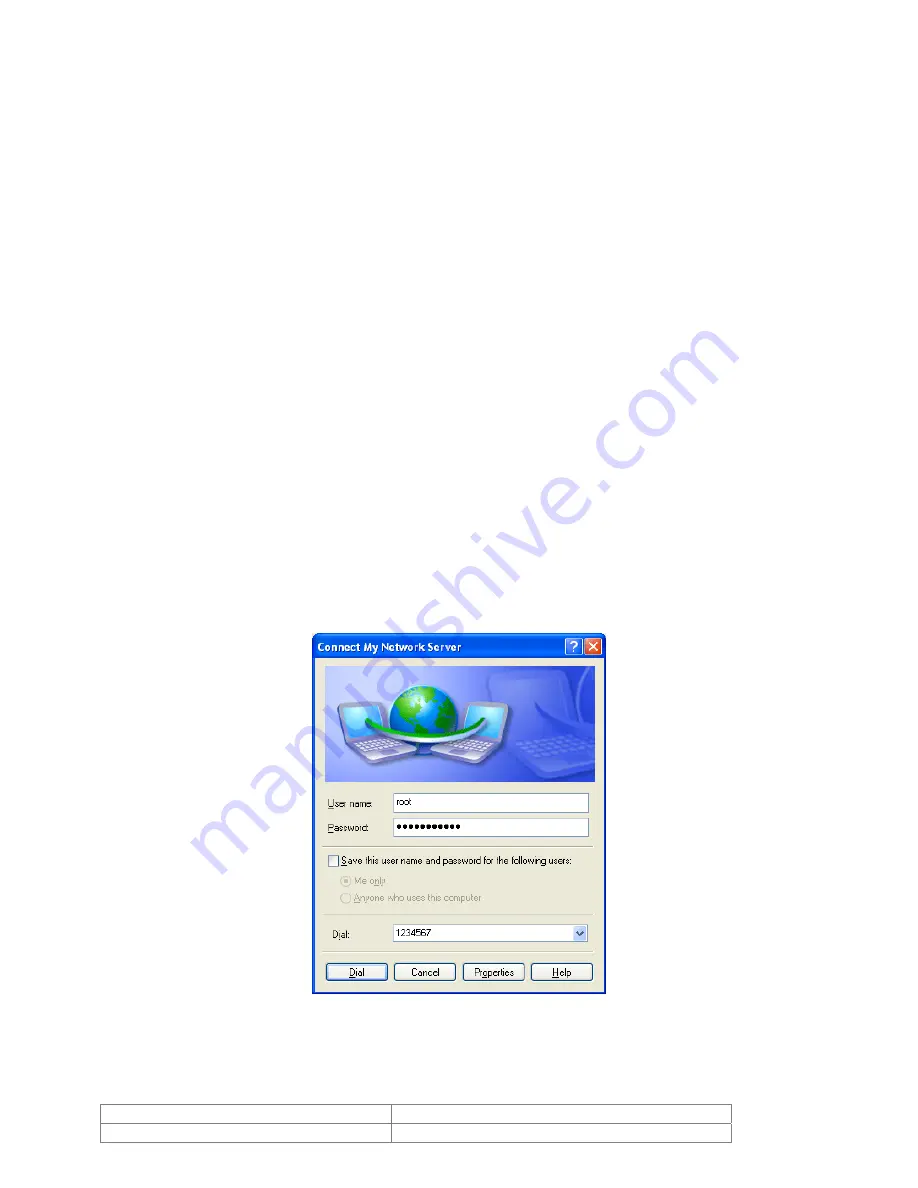
7. How to Use
The video server is a well-designed stand-alone video server. With the built-in web server,
authorized users may use web browser Internet Explorer to watch the video and hear the
audio streamed from the video server. The powerful video compression processes up to 30
frames per second and makes your browser a real-time display. The powerful audio
compression processes the real-time audio and correctly synchronizes video and audio. As
an additional benefit derived from web interface, each function and each configuration has a
specific URL that allows advanced users to easily integrate them into an existing software
program.
Training primary users to use the video server is simple since the administrator has done
the majority of the installation. Most administrators find the installation is easy in basic
environments because most settings are automatically configured. Open your web browser
and connect to the video server just as you would connect to any other web site and the
audio and video will present on demand. Make sure the web address of the target video
server is accurate.
7.1.1. Authentication
After opening the Web browser and typing in the URL of the video server, a dialogue
window pops up to request a username and password. For the administrator’s initial usage
of the video server, enter the username as “root” and the password as the serial number in
capital letters. The serial number can be found on the labels under the body of the video
server and the top side of the carton. The primary users will be allowed to enter as soon as
the administrator finishes adding user profiles. Upon successful authentication, the following
figure is displayed.
The foreground is the login window and the background shows the message if
authentication fails. The user may check the option box to save the password for future
convenience.
Doc # APN SV11A-M4
Issue Date: 09/14/2006
Revision: A
Page 22 of
65






























